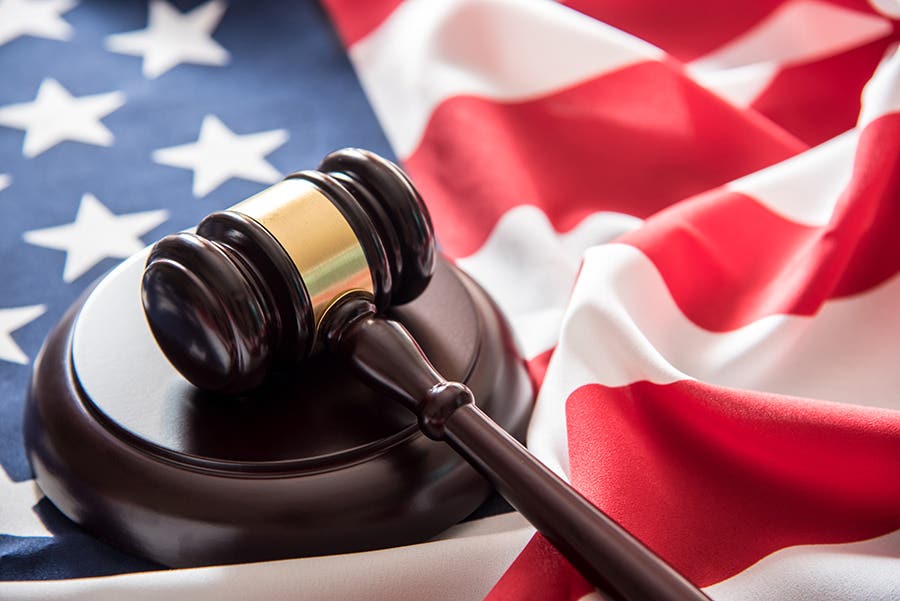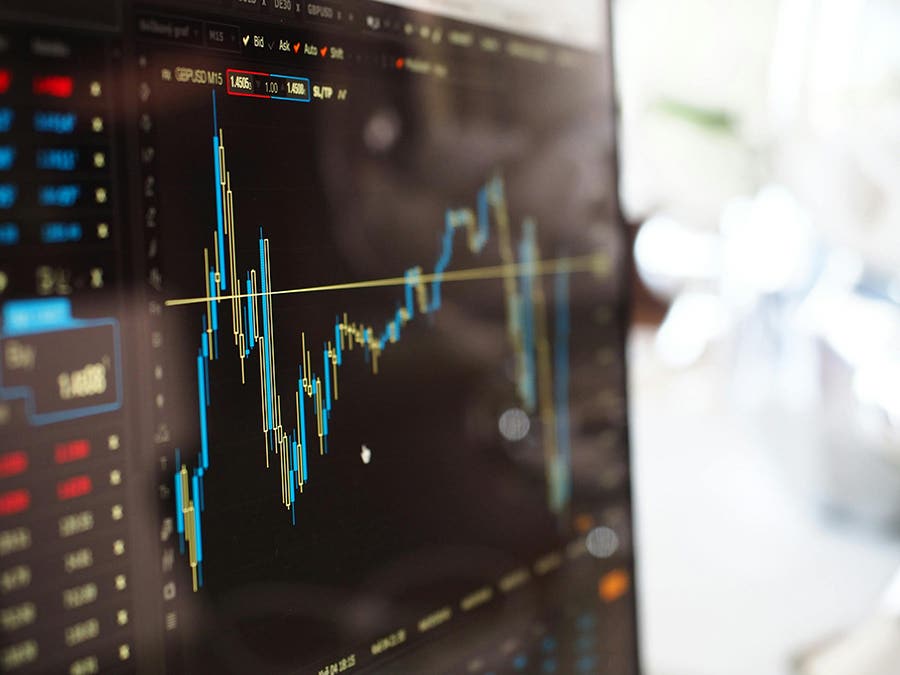Why Isn’t The U.S. Government Adding to its Gold Reserves?
I get asked a lot of great questions. Recently, a customer asked why the U.S. government itself isn’t adding to its gold reserves. Here’s the best answer I can supply….
I get asked a lot of great questions. Recently, a customer asked why the U.S. government itself isn't adding to its gold reserves. Here’s the best answer I can supply.
The official posture of the U.S. government is that gold is no longer a form of money. Were it to ever do something contradictory to that stance, it would spark a greater flurry of other central banks scurrying to add gold reserves beyond what they already are doing.
At least a dozen central banks have acknowledged adding gold reserves within the past year. Almost certainly, there are other banks that have surreptitiously added gold reserves without disclosing them. Within that past year, Poland’s central bank gold reserves more than doubled. Hungary’s central bank increased its gold reserves to ten times its former levels!
Just imagine what would occur if word got out that the U.S. government was acquiring more gold reserves. That would signify and confirm that gold was serving an important role in international finance. It would also likely indicate that the current gold price was lower than what it would be in the future.
Not only would other central banks jump in to add gold to their reserves, but such a signal would also spark a major increase in demand from the private sector. Soaring demand would result in higher gold prices versus the U.S. dollar, though what really would be happening is that the U.S. dollar would be plummeting against the stable value of an ounce of gold.
When you look at the current debt of the federal government plus the net present value of unfunded liabilities for Social Security and Medicare, the feds are in the hole to the tune of at least $100 trillion! If the U.S. government really does have custody and title (of which there is legitimate doubt) to the 261 million ounces of gold reserves that it reports as “custodial gold,” it would take a gold price of more than $383,000 per ounce in order for the gold to fully cover its obligations. Long before the price of gold could come within magnitudes of that price, the U.S. dollar as a currency would have collapsed.
Therefore, the U.S. government has trapped itself into not adding gold reserves at current price levels.
Patrick A. Heller was the American Numismatic Association 2018 Glenn Smedley Memorial Service Award, 2017 Exemplary Service Award 2012 Harry Forman National Dealer of the Year Award, and 2008 Presidential Award winner. Over the years, he has also been honored by the Numismatic Literary Guild (including twice in 2019), Professional Numismatists Guild, Industry Council for Tangible Assets, and the Michigan State Numismatic Society. He is the communications officer of Liberty Coin Service in Lansing, Michigan and writes Liberty’s Outlook, a monthly newsletter on rare coins and precious metals subjects. Past newsletter issues can be viewed at http://www.libertycoinservice.com. Some of his radio commentaries titled “Things You ‘Know’ That Just Aren’t So, And Important News You Need To Know” can be heard at 8:45 AM Wednesday and Friday mornings on 1320-AM WILS in Lansing (which streams live and become part of the audio and text archives posted at http://www.1320wils.com).








